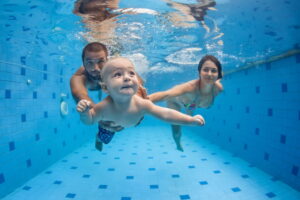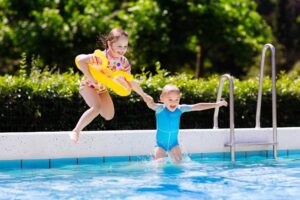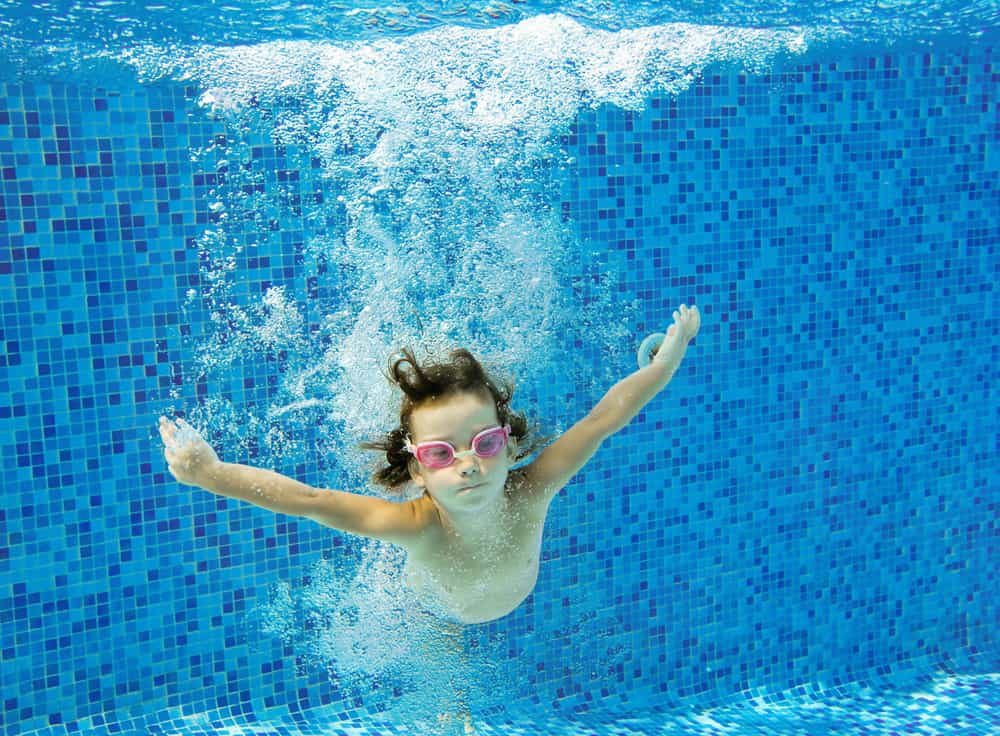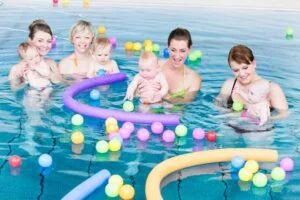4 Safety Guidelines for Toddlers in Swimming Pools
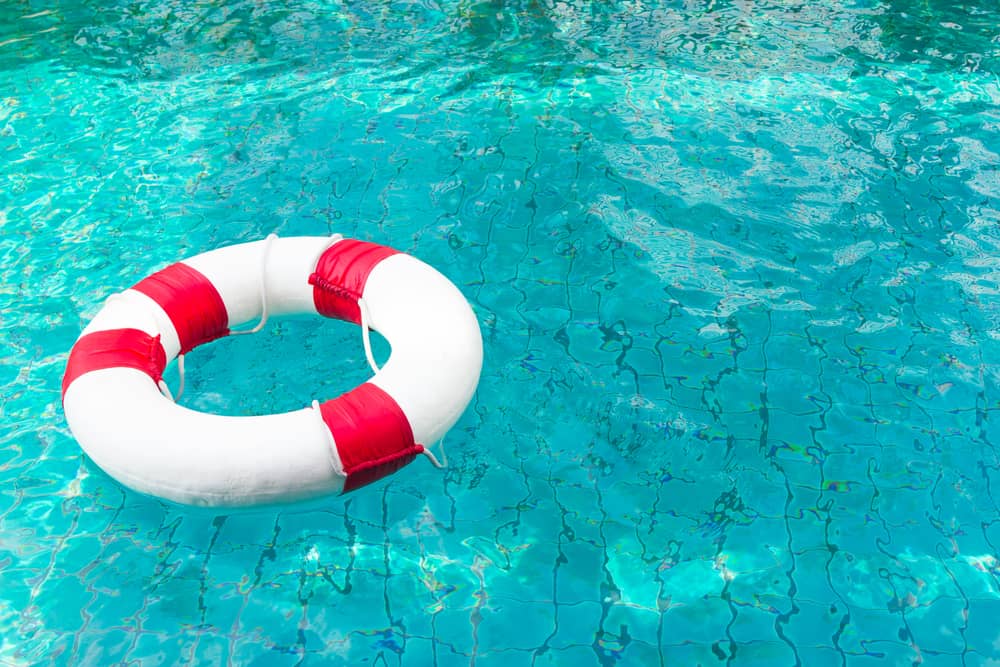
Children at a very young age have loads of energy, and a natural desire for exploration. When it comes to swimming pools, water parks, and beaches, they can be very enthusiastic. However, there are significant risks for kids between 1 – 4, so you should be very careful and follow strict guidelines provided by the facility.
One way to keep your kid safe is to teach her or him how to swim. When you live in San Diego you can count on toddler swim lessons at a local indoor swimming pool. However, you could be wondering if swimming pools are safe at all for very young kids. Let’s explore this a bit more.
Are pools safe for toddlers?
First off, there are different types of pools and facilities. Some places might be better adjusted for adults, some are built exclusively for professional swimmers, while others are built to accommodate children.
Even if a part of the swimming pool is designated for children, you should make sure that the pool is of the right dimensions. Teaching your child how to swim or just tread water is a completely different story if the pool is too shallow or too deep for their age.
However, even shallow bodies of water can be a risk for children between ages of 1 – 4, so it’s necessary that you keep an eye on them.
How do I keep my toddler safe in the pool?
Your child will enter the pool for the first time with your help. Therefore, you want to make sure that you are present and careful not to scare them, or to be overly protective. As with any other activity in life, you want to set a good example, so show them first how you swim and proceed to teach them safety.
Set some ground rules
You want to minimize the chances that anything goes wrong. If you’re in a resort or another swimming area, you’ll just need to stick to the rules of the facility. However, you are still responsible for the actions of your children. For this reason, make sure to set some rules loud and clear, and follow them closely. For example:
- There’s no running or jumping around the pool
- No toys or vehicles allowed on the pool
- No pushing and no shoulder riding
- Don’t try holding your breath for too long
- When it’s time to go out of the water, you must go out.
Don’t keep them in the pool for longer periods of time. Make sure that each interval is 10 minutes maximum, then take a short break.
Keep an eye on them, always
Your supervision is needed at all times, especially with preschool children. Kids at this age are very curious, but can get easily distracted and hurt in a matter of seconds when left unsupervised. Drowning poses a real threat to little ones, so make sure to closely follow all tips on how to keep your kids safe at the pool.
Make them comfortable in water
While some kids tend to show a more relaxed and courageous approach to water and swimming, others can be quite scared and frightened. Either way, you want to make sure that they feel safe, and that they learn how to properly tread water. This is the stage one of their learning process. To make things easier, you can use some help from inflatable toys and floating equipment.
Practice swimming
Now that your kid feels safe in water, you can teach some basic swimming and diving techniques. There is a 5-step method that is practices by some instructors, and you can try it out:
- Play first. Before you start swimming, associate the water positively with play.
- Teach them how to submerge their ears and get used to this sensation. The usual term parents use is “listen to the fishes”.
- Make sure that they are listening closely to your instructions. They won’t take any action without your sign and this is how you build trust.
- Teach them to lean forward, rather than backward. You’ll have time to teach them to float on their back, but first focus on forward swimming.
- Get them ready to dive into the water under your guidance. Some guardians do this by blowing in their face to produce a natural breath-holding reflex, then they quickly submerge them, flip them for about 180 degrees, to prevent water from rushing into their nose.
The main purpose of any such lesson is that your child feels safe, encouraged, but remains careful in and around water.
Which indoor pool facility in San Diego offers formal toddler swim lessons?
Being a parent brings a lot of responsibility, but also a lot of joy in your life. You want what’s best for your family, so it makes perfect sense that you pick the best facility where you can swim, relax, and let your kids play in water safely. Here at the Plunge you can count on all of that, and more.
We’re located just a few miles away from Clairemont, San Diego, surrounded by amazing beaches and the wonderful nature of Mission Bay. We are the leading indoor swimming pool that is open throughout the year. We offer a safe environment where children of different ages can learn how to swim and dive into the pool safely, water obstacle courses, a fully equipped fitness center, saunas, and more.
Reach out to us today to learn more about our programs, membership benefits, or event opportunities.
